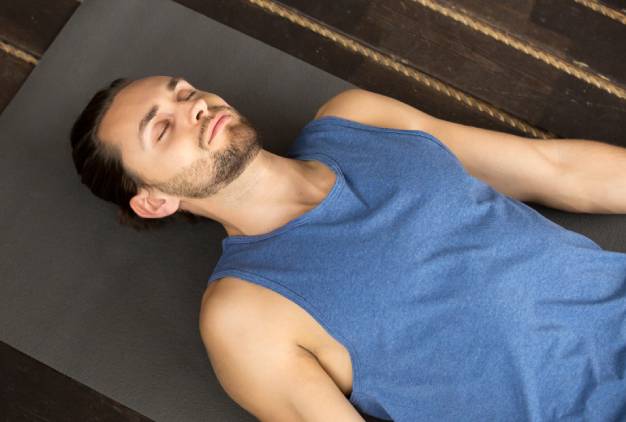Are u suffering from Back pain? Are u having disrupted sleep at night and taking painkiller to sleep at ease? The cause of a bad back could primarily be connected to your sleeping posture. The stress & strain your body derives the wrong sleeping posture is the most common cause of the back pain. The wrong sleeping positions not only act as a hurdle in the recovery of your existing back pain, but they also tend to increase the pain and discomfort.
Here, we will try to focus on proper sleeping positions for the people who have back pain and for those who want to prevent it. Any sleeping position you are comfortable with whether it is lying on your back i.e. supine, lying on your sides or lying on your stomach i.e. prone has its own effects but one simple thing can make these positions ergonomically better and that is PILLOWS!!
Pillow placement while sleeping is very important as they negate the effect of gravity that is acting on the body whole night thus maintaining the proper alignment of the spine and internal organs that in turn relieves back pain and morning stiffness.
We recommend you to try these sleeping positions to eliminate your bad back pain.
- Sleeping on your back i.e. supine with a pillow under your knees and your neck.

For some people, sleeping on their back may be the best position to relieve back pain:
- You have to lie flat on your back with one pillow under your neck, remember shoulders should not be on the pillow maintaining your neck alignment with your body i.e. neck neither too much upwards from the rest of the body nor downwards.
- Place a pillow underneath your knees that will keep your spine neutral.
- You may also place a small, rolled up towel under the small of your back for additional support.
- Sleeping on your side with a pillow between your knees.

If lying flat on the bed isn’t comfortable, then switch to the sides:
- Allow your left or right shoulder to make contact with the mattress, along with the remaining side of the body, and place your pillow under your neck. Do not put shoulders on the pillow; maintaining neck alignment with body is important. Your neck should neither be too downward nor too upwards; rather it needs to be in proper alignment with the rest of your body.
- Placing the pillow between the knees can eliminate pain.
- Consider using an extra pillow to fill the gap between the mattress and your body.
- This position is relaxing and comfortable. It the same way you stand when your legs are on a neutral distance. Our aim for this is to achieve the same result to eliminate the pain and provide your body with the right alignment to sleep. Hence, deload your spine.
Keep your pillow under your abdomen, while sleeping on your stomach

Yes, sleeping on your stomach is bad for your back pain as it adds stress on your neck but the statement is partially correct because when you sleep on your stomach, you find it the best sleeping position without adding force to your body from another position.
- To eliminate some pressure from your back place a pillow under your abdomen and pelvis.
- Depending on the position, how comfortable it is? You can decide to use a pillow under your head or not.
- People suffering from degenerative disc disease can take the benefit of sleeping with a pillow under their abdomen as it will alleviate the stress, which is placed between the discs.
Points to remember-
- Always bring your complete body together when you switch the sides and also keep your core tight. Bringing knees towards the chest can also be helpful as it’ll distribute the body’s weight on the spine. Hence, putting less stress on the back.
- For pain relief use an ice or a cold gel pack for maximum 15 minutes before sleeping. It may help reduce inflammation in your back and relieve pain.
- Use a firm or medium-firm mattress made with good-quality innersprings or foam.
- Pillow should hold your neck and head to provide support to your neck. If you choose to sleep on your back, then your pillow should fill the space between the mattress and neck. If sleeping on the sides, employ a thicker pillow to help you in the support, but remember, it should only support your neck and not your shoulders.

Disclaimer
This information should not be used as a substitute for professional diagnosis and treatment as this is for informational purposes only. One must consult their healthcare provider before making any healthcare decisions. Any damage, loss or injury suffered by an individual as a result of reliance on the information contained on this site is neither the responsibility nor the liability of Orthocure Clinics.





